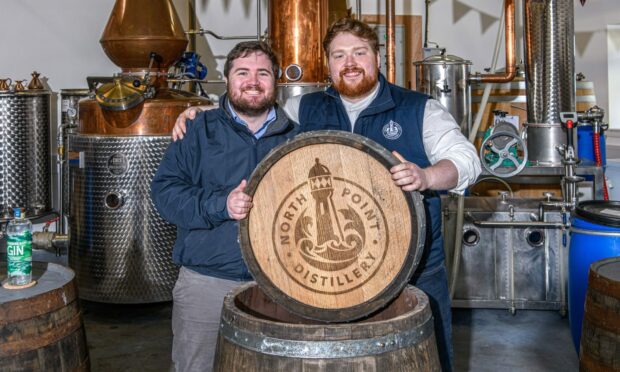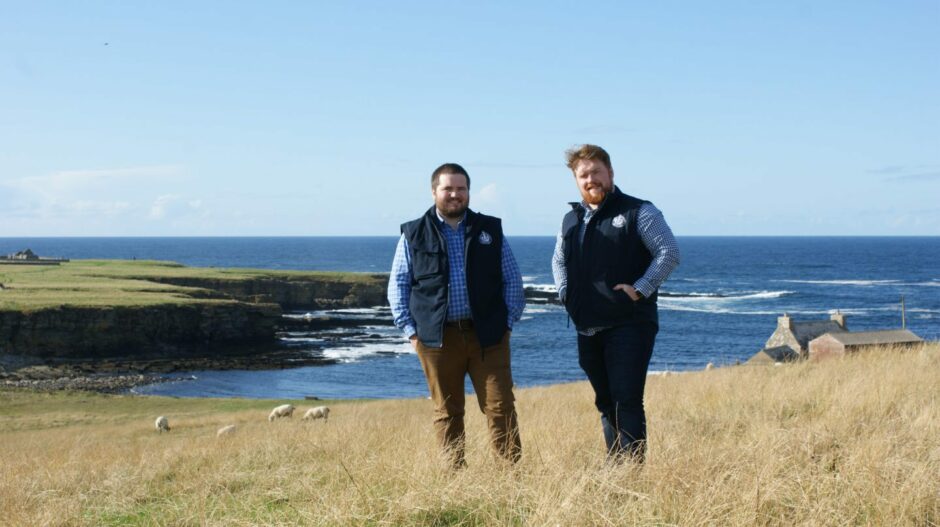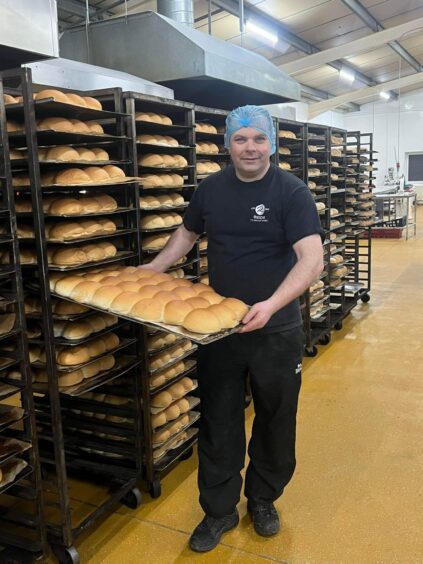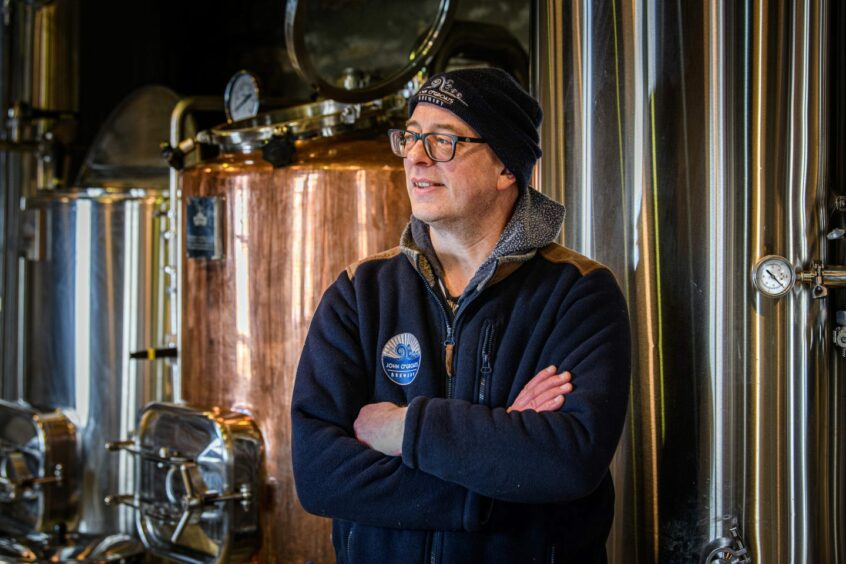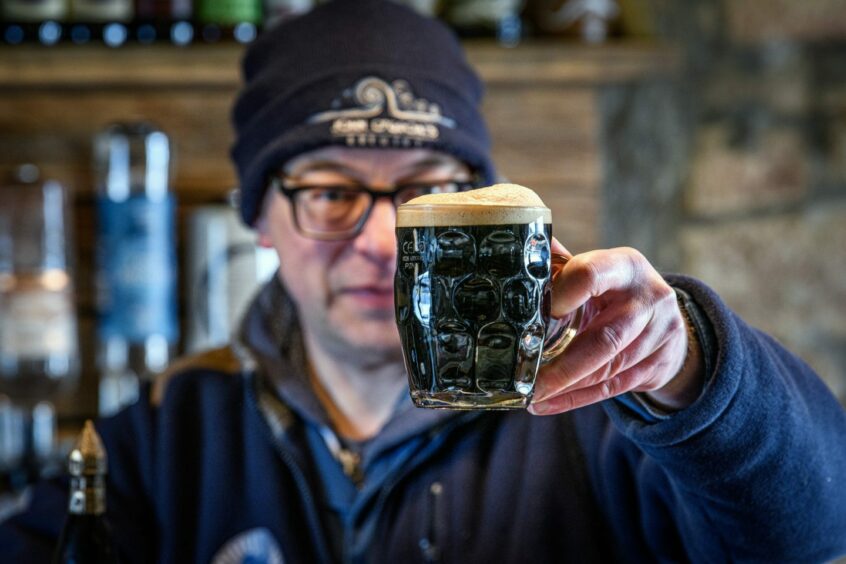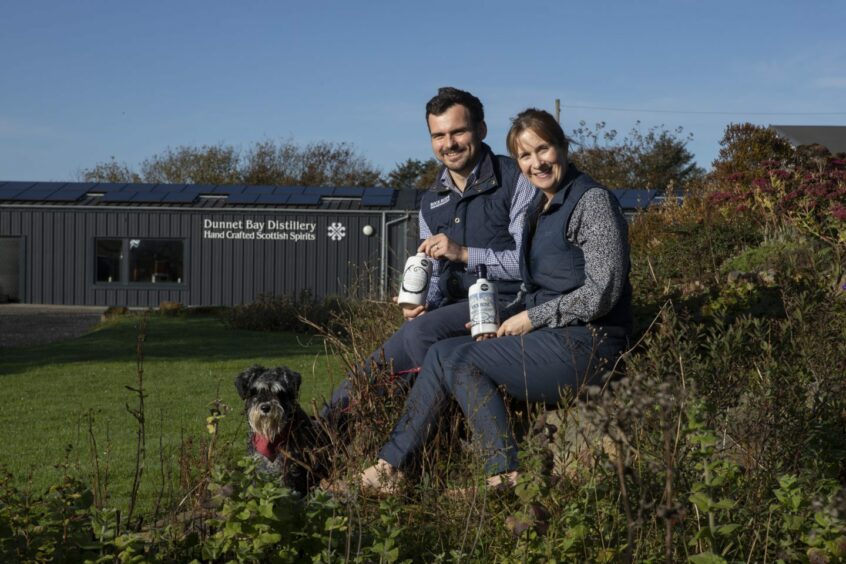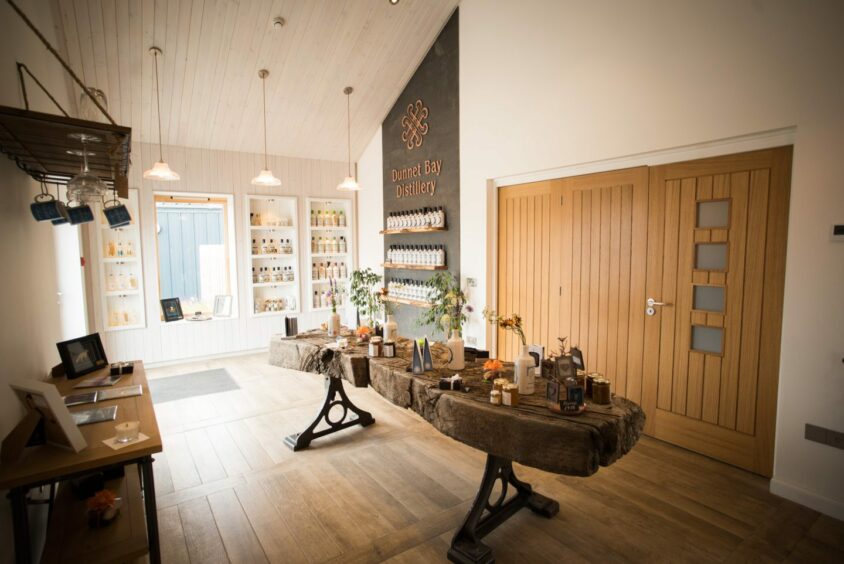Peter Ranscombe meets some of the amazing food and drink businesses that are putting Caithness on the map.
It feels somehow appropriate that Alex MacDonald ended up opening a distillery on the site of a former US navy cold war communications base.
He forged his career working with high-growth start-ups in America and the UK, focusing on military technology for cybersecurity and special forces.
But when his friend, Struan Mackie, said he was fed up with London and returning to his native Caithness to open a distillery, Mr MacDonald decided to scratch the entrepreneurial itch they both shared.
North Point Distillery
The pair launched North Point Distillery at Hill of Lybster, near Thurso, as the coronavirus pandemic began to strike in 2020, creating gin, spiced rum and North Point Pilot Rum, which honours local mariners who steered ships through the treacherous Pentland Firth.
Mr MacDonald said: “Caithness is very quickly becoming a centre for excellent distilling, and is producing some of the best gin and vodka and rum and whisky on the planet – all within this 25-mile stretch along the north coast of Scotland.
“For me, it’s becoming the spirits equivalent of what Napa Valley in California is to wine.”
Production capacity has already risen from 700 bottles a day to 2,500 and is poised to hit 5,500 once a 440-gallon still is installed this summer.
North Point’s headcount has also climbed from Mr Mackie, Mr MacDonald and brand ambassador Laura Pearce to reach the equivalent of 14 full-time roles, with its first two seasonal staff hired just recently.
The distillery has won international prizes for both its spirits and sustainability, including its use of electric stills powered by wind turbines at Forss.
we have expedited our growth and were exporting within our first year.”
Alex MacDonald, North Point Distillery.
Meanwhile, it has benefited from loans through the North Highland Regeneration Fund (NHRF) – which was launched by the Nuclear Decommissioning Authority (NDA) to support the community as Dounreay’s nuclear plant is decommissioned.
“The fund understands small businesses, not only through its terms making sense, but also because it provides support,” Mr MacDonald said.
He added: “Thanks to its help, we have expedited our growth and were exporting within our first year.”
Reids of Caithness
Exports are also an important part of Gary and Tracy Reid’s bakery business, which was founded by Mr Reid’s parents, Donnie and Joyce, in 1966. Reids of Caithness now exports its shortbread and other biscuits to around 30 countries, including Costa Rica, Japan and Saudi Arabia.
Its biscuit business began when it started making produce under the Mey Selections label in 2006, before launching its own brand in 2009.
There is not a large enough population in Caithness to grow sales of morning goods, Mrs Reid said, adding: “We had ambitions to grow the business so that had to come through the products which have a long enough life to allow them to be distributed.”
Turnover is on course to hit £2 million this year and the company’s workforce stands at around 40. Its domestic business has developed from supermarket listings into premium outlets, including delicatessens, farm shops, and hamper companies, as well as train company LNER’s first class services, NorthLink Ferries and Virgin Atlantic.
Biscuit automation plans
Mr Reid said: “We’re continuing to invest in the business – we need larger oven capacity, faster wrapping stations – and we’re looking at automating our biscuit-forming line.
“But it’s not about replacing people with machines – we’ll always need skilled staff, and eventually some of them may be engineers to work alongside robots, or ‘co-bots’ as they’re sometimes called.”
Mr and Mrs Reid praised the low-interest NHRF loans. “We wouldn’t have been able to grow without them,” Mrs Reid added.
John o’ Groats Brewery
When John Mainprize and fellow directors Simon Cottam, Allan Farquhar and Andrew Mowat launched John o’ Groats Brewery in 2015, in the village’s Old Fire Station, their initial aim was to follow the well-trodden path for microbreweries by growing quickly and exporting their beers.
But then the opportunity came up to lease the aptly-named The Last House on the shore of the Pentland Firth. It gave the beer-making trio the chance to pivot and concentrate on the tourist market instead.
“We get upwards of 140,000 tourists a year at John o’ Groats,” explained Mr Mainprize as he led the way through the brewery and its visitor centre inside The Last House.
The 17th Century but and ben is the village’s oldest building. It has undergone a high quality conversion to reinstate many of its original features.
John o’ Groats Brewery can produce around 330 gallons of beer every three weeks in the Old Fire Station and a further 176 gallons in The Last House.
Mr Mainprize said: “At the height of summer we can sell 800 litres (176 gallons) of beer each week in the brewery’s pub, so capacity is an issue.”
Local hotels, including the Seaview in John o’ Groats and Mackays in Wick, stock its cask beers. Its bottles are distributed across the north by wholesaler Sutherland Brothers.
The NHRF and Highlands and Islands Enterprise supported the move into The Last House, as well as equipment for both brewery sites, a bottling line and labelling machine, while NDA helped the trio to retrain as brewers.
Dunnet Bay Distillery
Switching from one industry to another also sits at the heart of Martin and Claire Murray’s story.
Mr Murray was working as an oil and gas engineer and Mrs Murray in tourism and hospitality when a change to HM Revenue and Customs regulations in 2009 made smaller stills legal.
This triggered the craft distilling revolution, allowing the Murrays to return to their native Caithness to fulfil their dream of opening a distillery.
In 2014 they launched Dunnet Bay Distillery and its flagship Rock Rose gin, which was later joined by Holy Grass vodka and this year by a new spiced rum, Mapmakers.
Mr Murray said: “We were your classic start-up. We had no track record and no industry experience, so banks just said ‘No’ to lending to us.
“We approached NHRF and said gin was going to be a big thing. They did a really good exercise by going to London to see what was happening in the marketplace and they agreed with us, and so we became one of the first craft gin businesses in Scotland.”
The Murrays are now embarking on, arguably, an even more ambitious project to convert the derelict Castletown Mill into Stannergill whisky distillery.
Walking around the shell of the building, Mr Murray pointed to where the stills, wash-backs and other equipment for the 21,000-gallon-plus distillery will sit, along with a cafe, events space and other visitor facilities.
He said: “We’ve benefited so much from support from our local community that we want to give something back.
“We already stock other local products in our gin distillery shop and now we want to preserve Castletown Mill for generations to come.”
Read more: 12 whisky and gin distilleries across the north and north-east to quench your thirst
